Semi-Arid: Gardening Under Trees
LucidGrower
11 years ago
Related Stories

GARDENING GUIDESHow to Keep Your Citrus Trees Well Fed and Healthy
Ripe for some citrus fertilizer know-how? This mini guide will help your lemon, orange and grapefruit trees flourish
Full Story
LANDSCAPE DESIGNPretty Trees for Patios, Paths and Other Tight Spots
Choose trees for their size, shape and rate of growth — or shape them to fit your space. Here's how to get started
Full Story
GARDENING AND LANDSCAPINGCrazy for Fruit Trees
Whether a single citrus or a mini apple orchard, even the smallest landscape space can bear deliriously delicious fruit
Full Story
FARM YOUR YARDIf You Have Room for Only One Fruit Tree ...
Juice up a small garden with one of these easier-care or worth-the-effort fruit trees for a mild climate
Full Story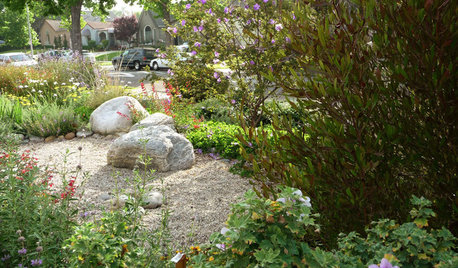
GARDENING GUIDESGreat Design Plant: Dodonaea Viscosa
Florida hopbush’s lush foliage adds beauty to the arid landscape, while its size provides screening and privacy
Full Story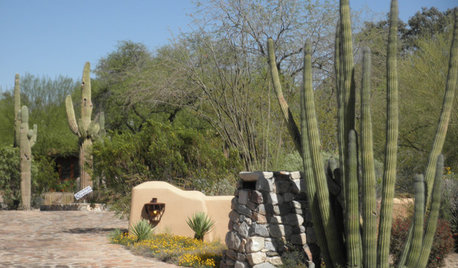
SOUTHWEST GARDENINGUnderstanding the American Southwest's Three Main Climate Zones
If you live in one of the arid or semiarid regions of the U.S. Southwest, this gardening zone guide is for you
Full Story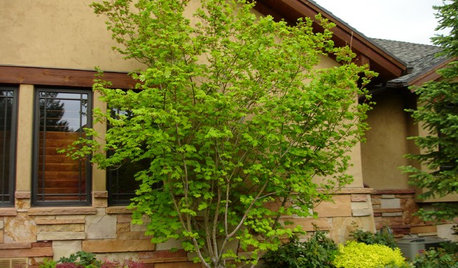
LANDSCAPE DESIGNGreat Design Plant: Vine Maple
Exciting year-round color and adaptability make this highly ornamental native small tree a top choice for home gardens
Full Story
FRUIT TREESHow to Grow Your Own Juicy Plums
Easier than other stone fruits and with a variety of colors to choose from, plums are a versatile garden addition
Full Story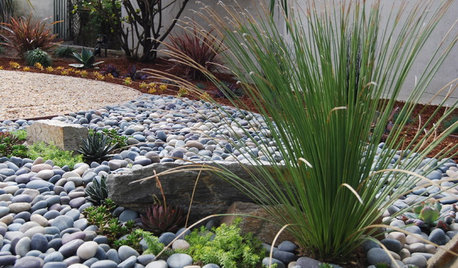
GARDENING GUIDESGreat Design Plant: Dasylirion Quadrangulatum
The drought-tolerant Mexican grass tree adds dramatic interest to the Southwest garden
Full Story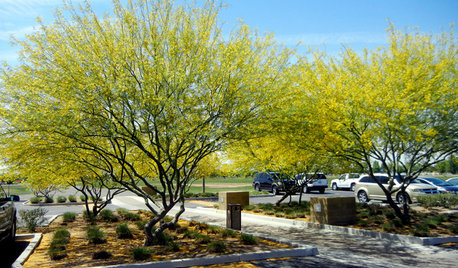
TREESGreat Design Plant: Desert Museum Palo Verde Offers a Colorful Canopy
Rising above others with its long bloom time, artful vase shape and lack of thorns, this tree is great for casting filtered shade
Full StorySponsored






southpoint
Tiffany, purpleinopp Z8b Opp, AL
Related Professionals
Allentown Landscape Contractors · Allentown Landscape Contractors · Bell Gardens Landscape Contractors · Hawthorne Landscape Contractors · Huntington Landscape Contractors · Kailua Landscape Contractors · Nanuet Landscape Contractors · Peachtree City Landscape Contractors · Seven Hills Landscape Contractors · Tewksbury Landscape Contractors · West Haverstraw Landscape Contractors · Greenville Solar Energy Systems · Norwich Solar Energy Systems · Ramsey Solar Energy Systems · Rockledge Solar Energy Systems